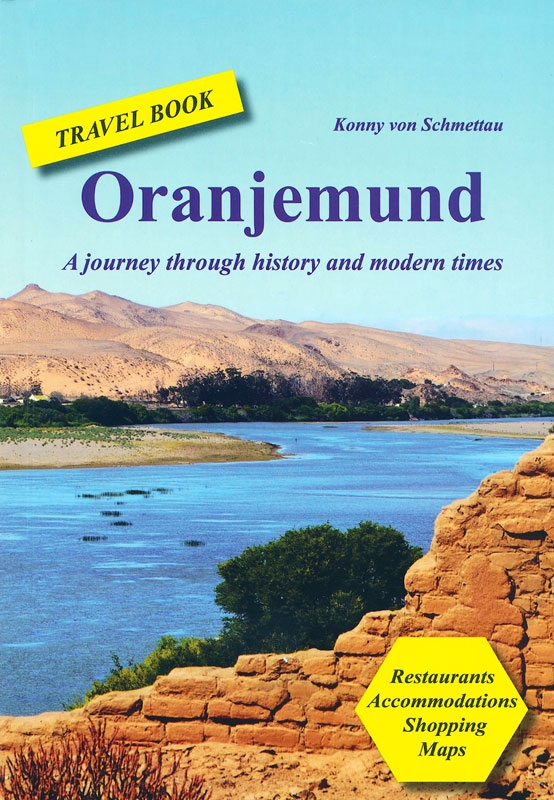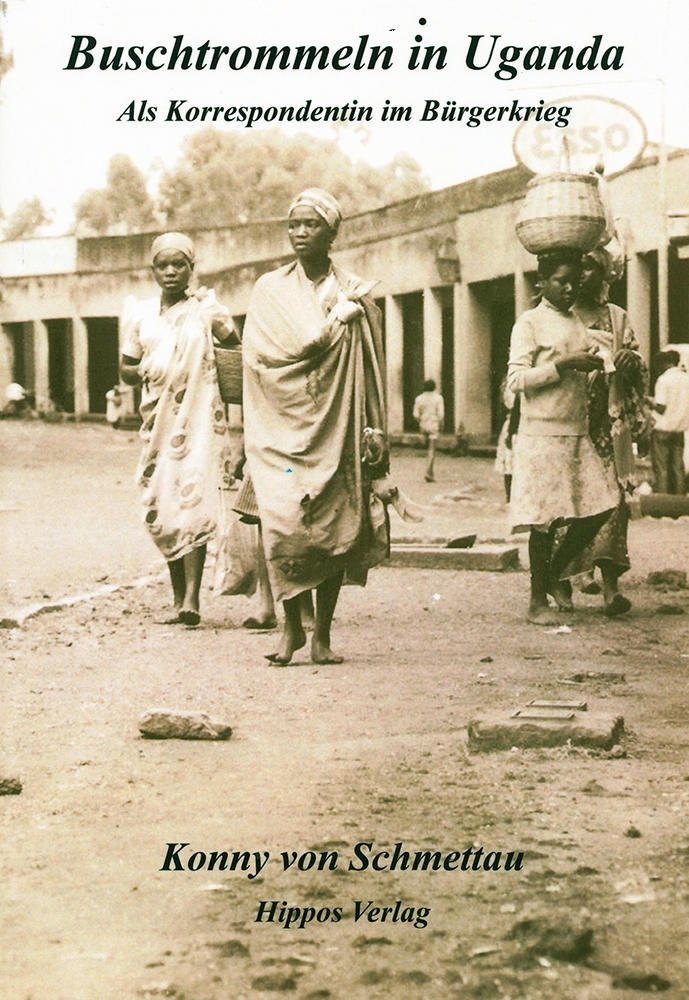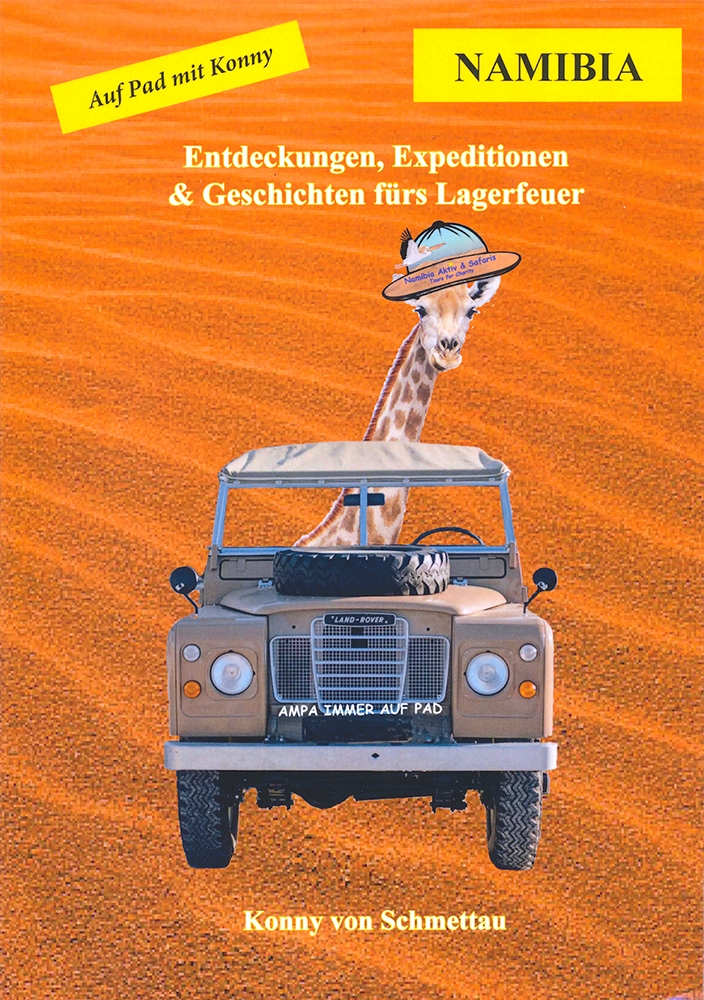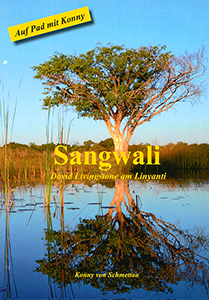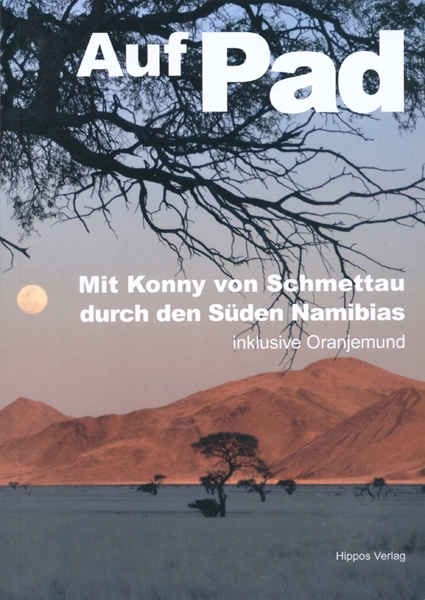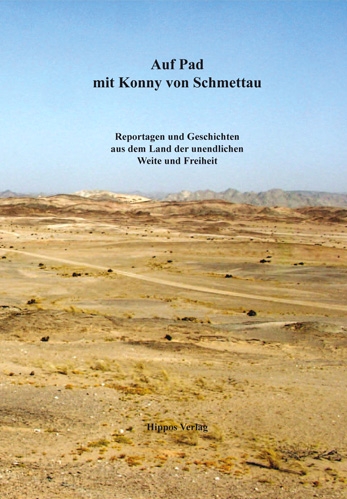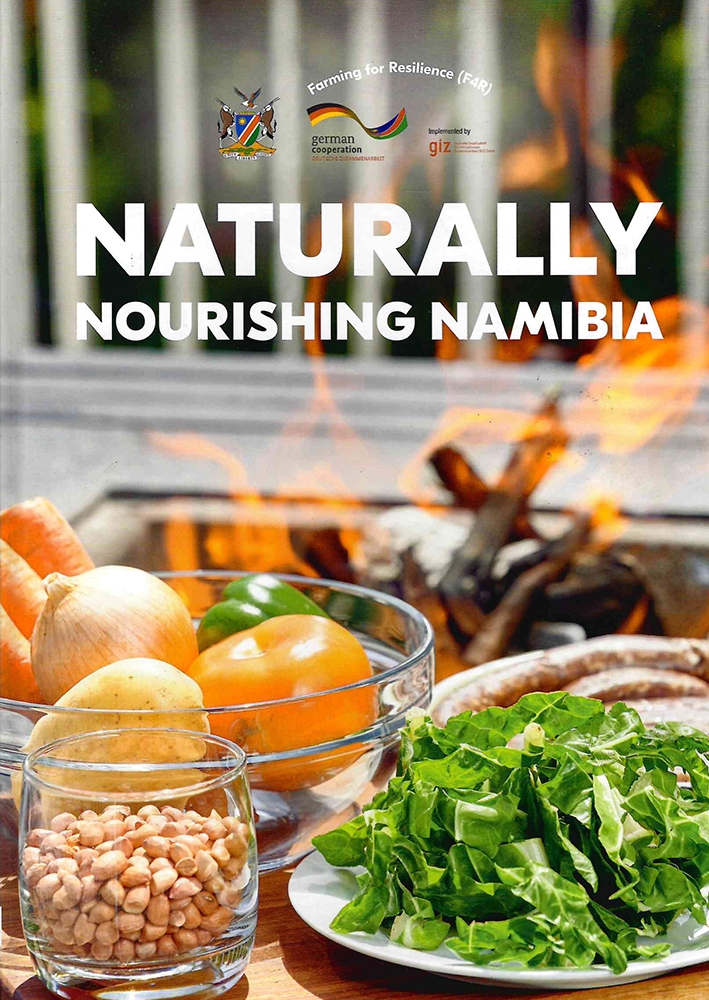Oranjemund, by Konny von Schmettau
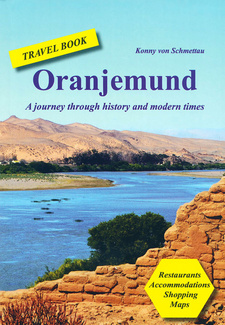
Oranjemund, by Konny von Schmettau. Hippos Verlag, Swakopmund, Namibia 2014. ISBN 9789991688619 / ISBN 978-99916-886-1-9
Konny von Schmettau's book discovers lots of stories around diamonds in the area of Oranjemund in southmost Namibia. Come and enjoy a different look at history and modern times!
Soap. Shoes. Tobacco
(...) In 1928, the foundation of Oranjemund, as a modest camp for workers and staff to live in, was laid. The first basic, plain huts were built. There were no luxuries to be had, only the most basic of living conditions were possible. Life was hard for the men working here in the desert. There was no shade and no tree to protect them from the sandstorms and the wind, which mostly started blowing in the afternoons and was icy cold during winter. There was a small shop which sold the necessities such as soap, shoes or tobacco if it could be brought in over the difficult route of transportation at all. Men rather worked overtime hours as there were no recreation facilities available, and they were grateful for the extra pay. Their contracts of employment stated: "54 hours are to be worked per week", so that they worked from sunrise to sundown as a rule. A couple of employees managed to work many weeks and months without once taking a day off, and one of them said at the time: "We have so much work that we don't even have time to get sick!" Days off were not automatically incalculated into their contracts, these had to be worked in. If one had been employed for a whole year without an off day, then he was granted five free days, and after five years of employment one was eligible for nine free days. The only highlight of the week was on Friday evenings, when the post came down from Elizabeth Bay or Kolmanskop, and which was then hand delivered to each of the waiting men. This was the only contact they had with friends or family, and even if the news was mostly already a week old, it was still better than receiving no news at all. In later years there was a small radio station to the north of the camp -one still could not call it a settlement - and this radio was used to communicate news, especially about the mine. Men were even informed on whether they had been hired or fired over the airwaves, everything was made public. It was only in 1944 that the first internal telephone line was installed and in 1948 the first telephone was connected in the General Manager's house. Today the first house of the Manager, "Jasper House" still exists and is now the local museum. The first proper houses were built only in the middle of the 1930's where after the wives were then allowed to move to Oranjemund. At the beginning of the 1930s, the settlement was called "Orange River Mouth", but that caused great confusion because goods and the post would oftentimes land up on the South African Orange River Station in the northern Cape. In 1940 the name was thus shortened to "Orange Mouth" and eventually, in 1951, the official name of "Oranjemund" was proclaimed. After the Second World War redundant Sherman tanks were utilized as transport vehicles and to remove overburden, because of their maneuverability which allowed them to drive on even the most difficult terrain. (...)
This is an excerpt from the book: Oranjemund, by Konny von Schmettau.
Title: Oranjemund
Subtitle: A journey through history & modern times
Author: Konny von Schmettau
Publisher: Hippos Verlag, Swakopmund, Namibia
Swakopmund, Namibia 2014
ISBN 9789991688619 / ISBN 978-99916-886-1-9
Broschur, 15x21 cm, 96 pages, numerous photos
von Schmettau, Konny im Namibiana-Buchangebot
Oranjemund
A journey through history and modern times of the mining town Oranjemund in South Namibia.
Buschtrommeln in Uganda
Buschtrommeln in Uganda. Erinnerungen Konny von Schmettaus an Ihre Zeit als Korrespondentin im ugandischen Bürgerkrieg.
Namibia: Entdeckungen, Expeditionen & Geschichten fürs Lagerfeuer
Aus der landeskundlichen Reihe 'Auf Pad mit Konny': Namibia. Entdeckungen, Expeditionen & Geschichten fürs Lagerfeuer.
Sangwali: David Livingstone am Linyanti
Sangwali: David Livingstone am Linyanti ist ein hochinteressantes Buch über einen wenig bekannten Teil der Ortsgeschichte Namibias.
Swakopmund 120 Years: The official Yearbook 2012
Swakopmund's official Yearbook of 2012 introduces to important events oin the history of the German founded town.
Auf Pad: Mit Konny von Schmettau durch den Süden Namibias inclusive Oranjemund
In ihrem zweiten Reiseband Auf Pad stellt Konny von Schmettau den Süden Namibias und die Minenstadt Oranjemund vor.
Auf Pad mit Konny von Schmettau
Konny von Schmettau lebt in Namibia und erzählt höchst unterhaltsam von ihren Erlebnissen und Eindrücken auf Pad.
Weitere Buchempfehlungen
Naturally nourishing Namibia
Cookbook Naturally nourishing Namibia contains 50 recipes, based on fruit, vegetables, fish, mopane worms, chicken, legumes, whole grain, plus 10 healthy drinks.
Platinum, Gold and Diamonds. The story of Hans Merensky’s discovery
This biography of Hans Merensky’s tells far more about this successful geologist than about his successful mining of platinum, gold and diamonds only.
Masked Raiders. Irish Banditry in Southern Africa 1880-1899
Masked Raiders: Irish Banditry in Southern Africa 1880-1899" tells the tale of history where Irish troops deserted their posts for the allure of the diamonds and gold.

